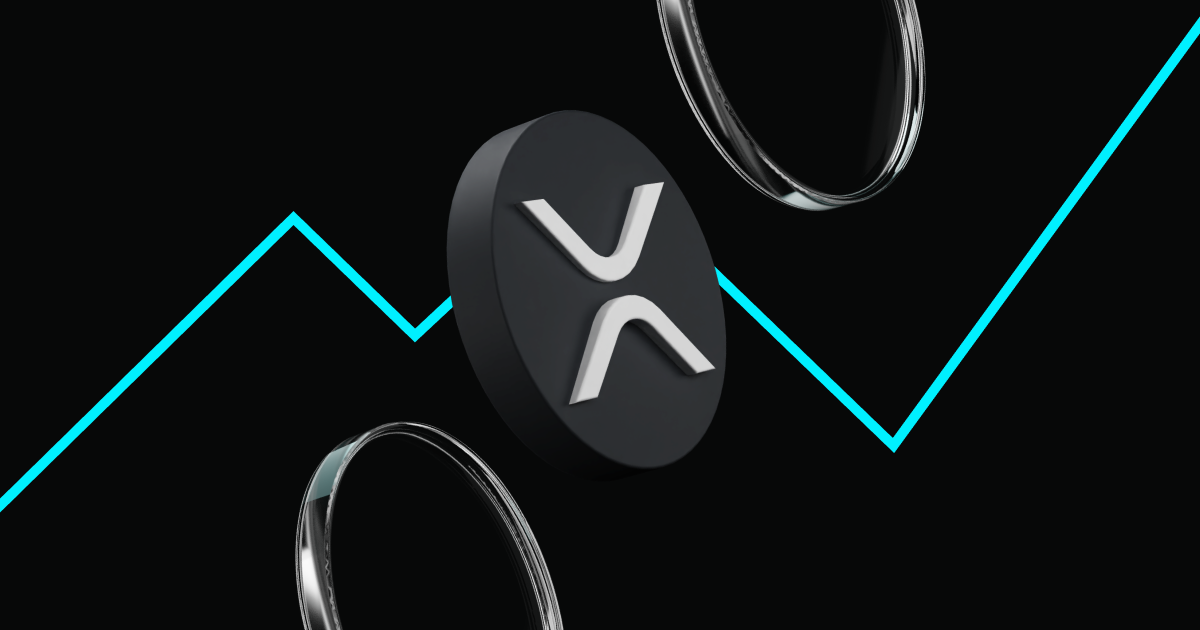EU AI Act News: Deadline Delayed, Europe’s Pioneering AI Law Enters Crucial Phase
In a dramatic turn just last week, EU officials hit the brakes on the world’s most ambitious AI regulation. With the AI Act’s key compliance deadline pushed from August 2026 to December 2027, Europe’s tech and business communities have been handed an unexpected 16-month ‘golden window.’ What’s behind this sudden pause – and how should companies respond? Here’s your in-depth, up-to-the-minute guide to the EU AI Act, why it matters, and what happens next.
What Is the EU AI Act? A Risk-Based Approach
The EU AI Act stands as the world’s first comprehensive legal framework for governing artificial intelligence, setting out to establish clear global standards for how AI is developed, deployed, and managed. Unlike traditional top-down regulations, the Act adopts an innovative risk-based "pyramid" structure, where each level corresponds to a different category of risk and a tailored set of rules.
At the very top of this pyramid are AI uses that present "unacceptable risk" and therefore face an outright ban. These include government-run social scoring systems that track and rank citizens’ behaviors, AI tools designed to manipulate human behavior such as for predictive policing, and systems enabling indiscriminate, real-time facial recognition in public spaces. The EU considers such uses fundamentally incompatible with European core values and rights, making them strictly prohibited with no exceptions or loopholes.
The next tier, which forms the central pillar of the Act, consists of so-called "high-risk" AI systems. In fact, around 90% of the regulation’s compliance measures are aimed at this category. These encompass AI systems that can have a significant impact on individuals’ essential rights and life opportunities—for example, algorithms that screen resumes for job applications, models used to determine eligibility for loans, AI-driven judicial decision-support tools, autonomous vehicle technology, and medical diagnostic systems. While the use of high-risk AI is allowed under the Act, it is permitted only under a very strict set of requirements. These systems must use high-quality, unbiased data, be underpinned by detailed technical documentation, ensure transparency for end users, and provide ongoing "human oversight," meaning a human must always have the ability to intervene or override decisions made by the algorithm.
Moving down the pyramid, the Act addresses "limited risk" AI—applications that don’t pose a major threat but still require clear transparency. This includes chatbots, deepfake generators, and other systems where the user might otherwise be unaware that they are interacting with an artificial intelligence. In such cases, the law mandates clear labeling: users must always be informed when content is AI-generated or when they are conversing with an AI rather than a human.
Finally, at the base of the regulatory pyramid are AI systems assessed to carry only "minimal risk." These include low-stakes or everyday uses of AI, such as spam filters in email inboxes or AI bots within video games. Recognizing that these applications pose almost no danger to individuals’ rights or society at large, the EU AI Act exempts them entirely from regulatory burdens, allowing innovation and development in these areas to continue unimpeded.
The Delay: Why Brussels Slammed on the Brakes
The AI Act passed in 2024 and was set for gradual enforcement—with high-risk provisions taking effect in August 2026. But in a surprise move, the European Commission recently extended the main compliance deadline to December 2027.
Why the sudden change? The official answer is to ease the administrative burden—projected to save businesses €5 billion by 2029. But under the surface, the move reveals deeper concerns:
-
Fear of Falling Behind: Despite setting global AI rules, only 13.5% of EU businesses use AI—far fewer than in the US, where adoption and investment are surging.
-
Balancing Innovation vs. Regulation: With the “Dragi Report” warning of lagging competitiveness, EU leaders realized over-regulation could strangle domestic AI startups before they even scale.
-
Standards Still in the Works: Detailed implementation guidelines (so-called “harmonized standards”) aren’t finished yet, making compliance ambiguous for now.
In essence: Brussels is trading “time for space”—buying local companies breathing room to experiment, innovate, and compete, before dropping the full weight of regulatory compliance.
What Does the Extension Mean for Tech and Business?
Don’t mistake this for a holiday—the 16-month reprieve is a rare chance to get ahead. Here’s what’s at stake:
1. The “Golden Window” for Data and Algorithms
-
With final rules delayed, tech firms now have more latitude in how they collect and process training data for AI models.
-
This “grey zone” isn’t a license to break GDPR, but it does mean there’s less immediate regulatory scrutiny of AI datasets—an advantage for those investing in AI R&D now.
2. Influence the Future Rulebook
-
With “harmonized standards” still open for comment, companies (especially European AI start-ups) have a unique chance to join industry groups and shape the future rules, rather than having to adapt later to impractical mandates.
3. Prepare or Perish: Lessons from GDPR
-
History warns that “waiting until the last minute” is a recipe for chaos and costly mistakes. Just look at GDPR, where last-minute compliance caused rampant confusion and multi-million-euro fines.
Strategies for Early Movers: Turning Delay into Competitive Edge
For those serious about thriving under the AI Act, the best strategy is to use this extension to sprint ahead, not stand still. Here are three practical moves:
a) Minimum Viable Governance
-
Start by setting up an internal AI “register”—track who is using what models, data sources, and for what purpose. Understanding your company’s AI landscape is foundational.
b) Data Quality First
-
Begin cleaning house now: remove low-quality or non-compliant datasets, document sources, and ensure you have clear rights to use all data for AI training (especially for future transparency requirements).
c) Build “AI Literacy” Into Your Teams
-
Go beyond hiring lawyers. Train your product managers, engineers, and even marketers on the basics of AI risk, transparency obligations, and compliance principles. AI governance will soon be everyone’s job.
Challenges: Bridging Knowledge, Skills, and Operational Gaps
The AI Act’s “risk-based” strategy brings concrete compliance hurdles for companies:
-
Knowledge Gaps between top management eager for AI ‘efficiency’ and teams who often lack clarity on what’s actually required.
-
Skill Gaps: 52% of tech leaders admit their teams don’t possess the compliance skills needed for true “AI literacy”—which in this context means questioning AI output, registering risk, and understanding model limits.
-
Operational Gaps: Real-time “human oversight” isn’t just a checkbox at launch. It means embedding people and processes to intervene when AIs make critical mistakes (like a loan algorithm hallucinating a customer’s credit history at 3am).
Penalties: The Cost of Non-Compliance
The EU means business. Fail to comply, and companies face fines of up to €35 million or 7% of global annual revenue, whichever is higher—much steeper than the GDPR’s 4%. Enforcement is serious and will only ramp up.
Looking Ahead: Is This Delay a Threat or Opportunity?
Rather than just delay pain, the AI Act’s pause is a catalyst for serious players to turn trustworthy, responsible AI into a market advantage.
-
Demand is surging for “AI compliance officers” and “AI auditors.”
-
Training platforms and SaaS companies are pivoting to make compliance and transparency features a competitive edge.
When December 2027 arrives, there will be two types of companies: those who used the time to scramble (and pay the price), and those who built governance, cleaned data, and fostered a compliance culture—the future leaders in Europe’s rapidly evolving AI landscape.



